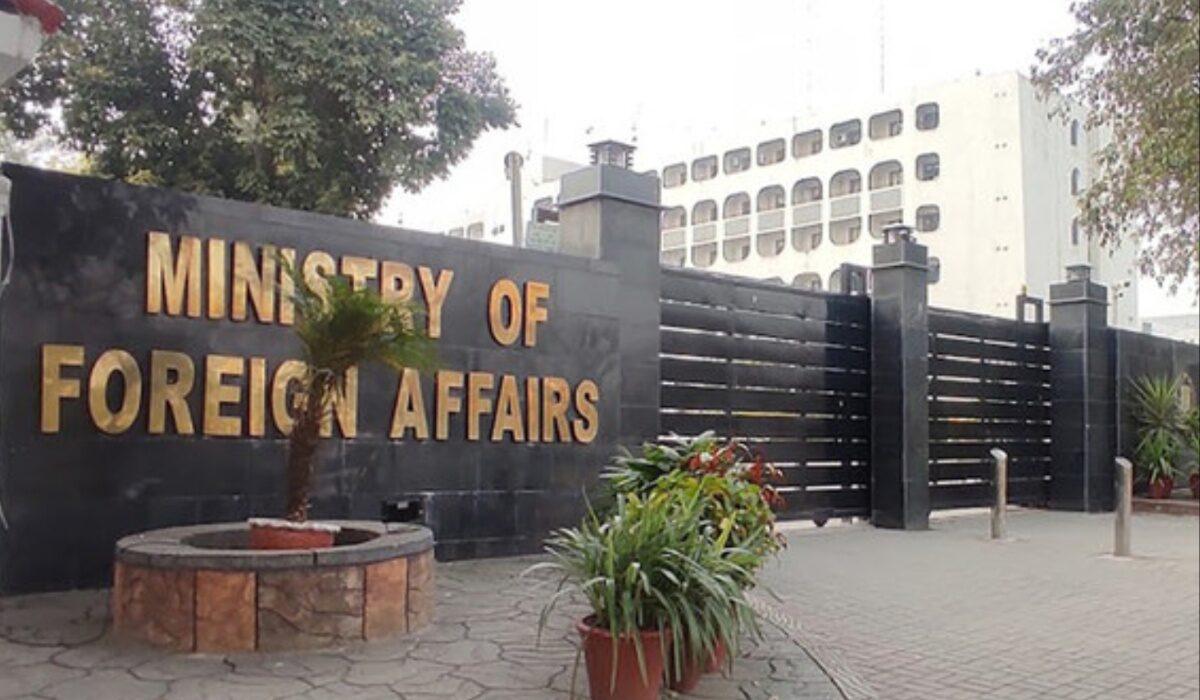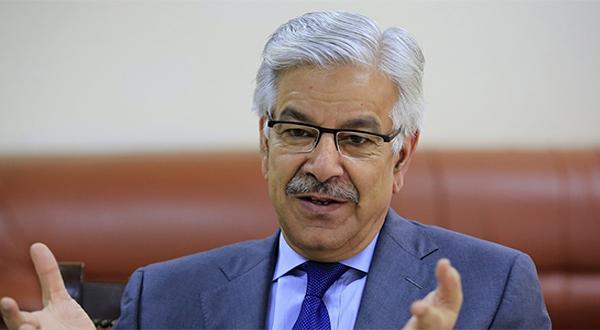The missile landed in the sea roughly 210km (130 miles) west of Hokkaido.


Tokyo: North Korea has launched an intercontinental ballistic missile (ICBM) with sufficient range to hit the US mainland, Japan's defence minister says.
The missile landed in the sea roughly 210km (130 miles) west of Hokkaido.
The US has condemned the launch, while South Korea has ordered stronger deterrence measures against the North.
On Thursday North Korean FM Choe Son Hui warned of a "fiercer" response to any increased US military presence.
It also launched a short-range ballistic missile the same day.
That followed Sunday's meeting between South Korean President Yoon Suk-yeol, US President Joe Biden and Japan's PM Fumio Kishida in Cambodia.
On Friday US National Security Council spokeswoman Adrienne Watson said Mr Biden had been briefed and the US would consult with partners.
North Korea has fired more than 50 missiles over the past two months, most of them short-range. These long-range launches are rarer, and pose a direct threat to the US, as the missiles are designed to carry nuclear warheads to anywhere on the US mainland.
The latest suspected ICBM was fired at 10:15 local time (02:15 GMT) from near the North Korean capital Pyongyang, military chiefs in Seoul said.
It reached an altitude of 6,100km on a lofted trajectory and travelled 1,000km (621 miles), reaching a speed of Mach 22, South Korea's military said.
A lofted trajectory means the missile flies much higher into space but across a shorter distance than it would if fired on a normal trajectory.
But Japan's defence minister Yasukazu Hamada said the missile had sufficient range to reach the US.
"Based on calculations taking the trajectory into account, the ballistic missile this time around could have had a range capability of 15,000km, depending on the weight of its warhead, and if that's the case, it means the US mainland was within its range," he said.
"We have told (Pyongyang) that we absolutely cannot tolerate such actions," Mr Kishida told reporters in Thailand.
North Korea's pattern over the past months has been to launch missiles in response to US military activity around the Korean Peninsula.
In October, North Korea launched a ballistic missile over Japan - the first time it had done so in five years.
The North is currently developing a new type of long-range missile, the Hwasong-17. It is larger than the ICBMs it has successfully tested in the past, and experts believe could be capable of carrying multiple warheads, which would make it harder to defend against.
Several attempts to launch the Hwasong-17 are thought to have failed. Earlier this month the North launched an ICBM but it failed mid-flight, according to the South Korean military.
"Even if the North does successfully launch the Hwasong-17, the threat will not have significantly increased", said Yang Uk, a military expert from the Asan Institute. "It must prove it has mastered the technology to be able to mount enough small nuclear warheads onto the ICBM", he said.
Pyongyang has conducted six nuclear tests between 2006 and 2017, and it has completed preparations for a seventh test. Experts believe it may use the opportunity to test a compact nuclear device.
It is also working to improve its short-range missiles and conventional military capabilities.
SOURCE: BBC
Under-19 Asia Cup: India beat Pakistan by 90 runs
- 14 hours ago
Pakistan aims to become model in digital assets regulation: Bilal saqib
- 13 hours ago
NHL board of governors eager to see more 'color vs. color' jersey matchups
- 20 hours ago

How do you know if you’re wasting your life?
- 6 hours ago
Sources: Rangers address needs with 3 signings
- 20 hours ago
Security forces kill 13 Khwarij in two separate engagements in KP: ISPR
- 14 hours ago
Source: Gray, Nats reach deal to avoid arbitration
- 20 hours ago
Jays president Shapiro given new 5-year deal
- 20 hours ago
Australian PM declares Sydney shooting a ‘terrorist’ attack targeting Jews
- 13 hours ago
Bondi Beach shooting: Australia hails ‘hero’ Ahmed who stopped gunman
- 13 hours ago

Pakistan condemns attack on UNISFA in Kadugli, Sudan
- 13 hours ago
Diaz picked Dodgers because 'I'm looking to win'
- 20 hours ago






